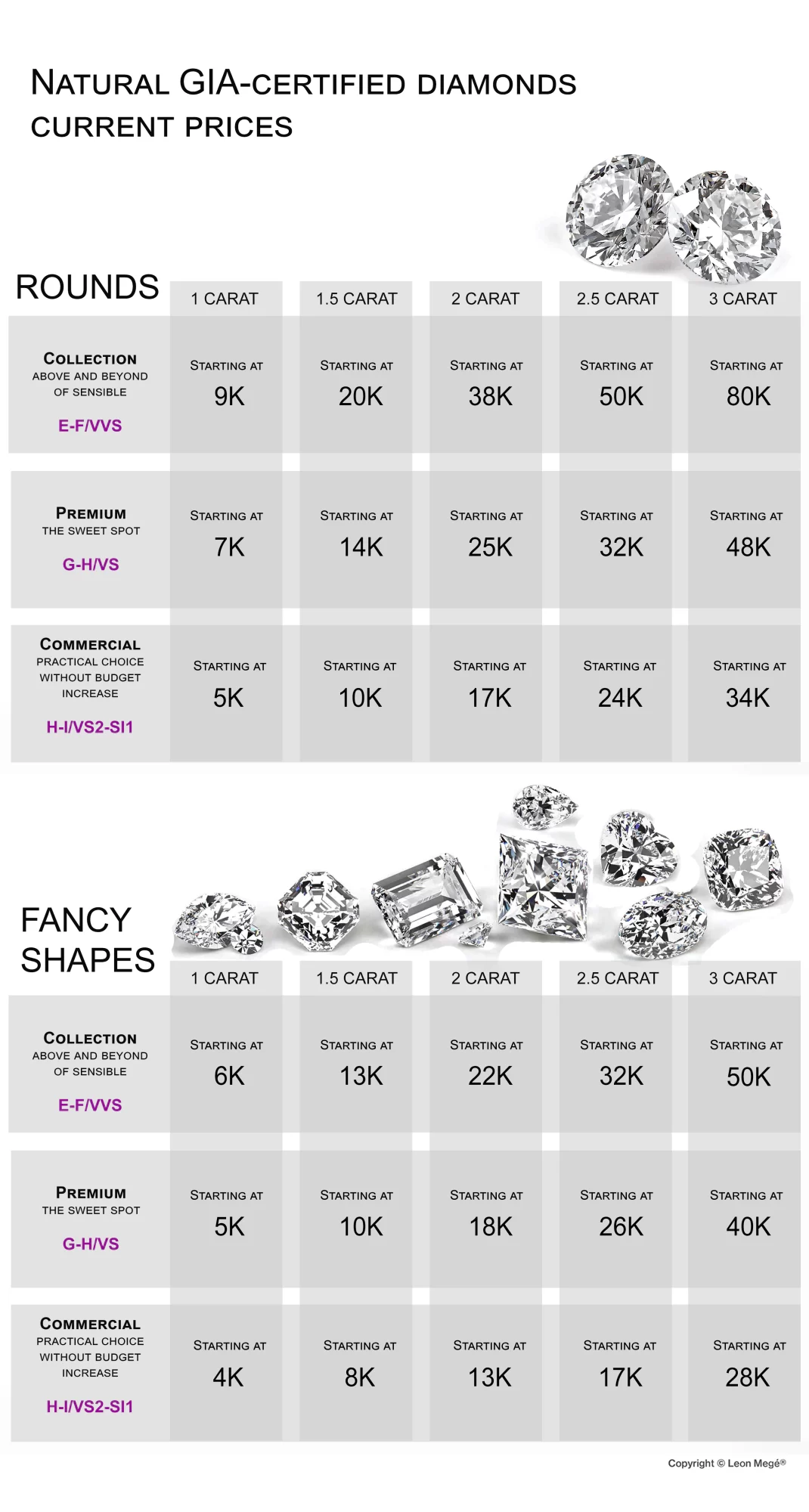
Fluorescence - good or bad?
If you know nothing about fluorescence, it is safe to assume that a fluorescent diamond is a bad choice. The reality is a little more complicated. If you do not care about the “resale” value, a fluorescent diamond without haziness associated with strong fluorescence is an excellent buy. The problem is that the ill effect of fluorescence is often elusive and not always obvious. With certain diamonds, fluorescence is even considered marginally beneficial.
- About 30% of all white diamonds exhibit some level of fluorescence.
- Usually perceived as negative fluorescence, it can sometimes benefit the diamond’s appearance.
- On the negative side, a colorless diamond with a strong fluorescence can appear milky or cloudy and should be avoided.
- On the positive side, the fluorescence can help make a diamond with a lower color grade appear whiter.
- Diamonds with fluorescence are usually sold at a discount ranging from 1-2 to 10-15 percent compared with identical but non-fluorescent stones.
- Faint fluorescence is usually ignored as a nuisance because it cannot be seen and is not detrimental to the diamond’s value.
It is worth noting that only natural, Earth-mined diamonds found in the pipes of extinguished volcanos can have various degrees of fluorescence. 99.9% of lab-grown diamonds do not have fluorescence, with the rare exception of some HPHT lab-grown diamonds laced with traces of boron, causing them to glow.
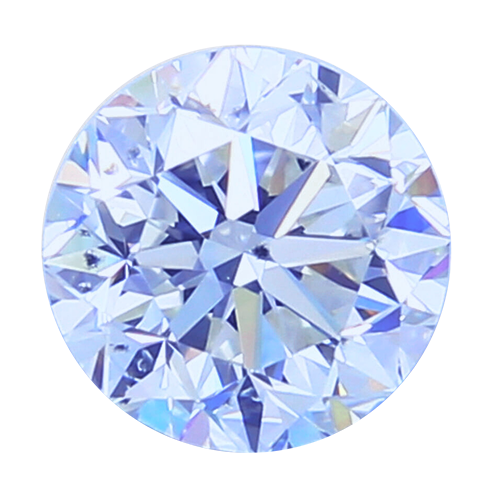
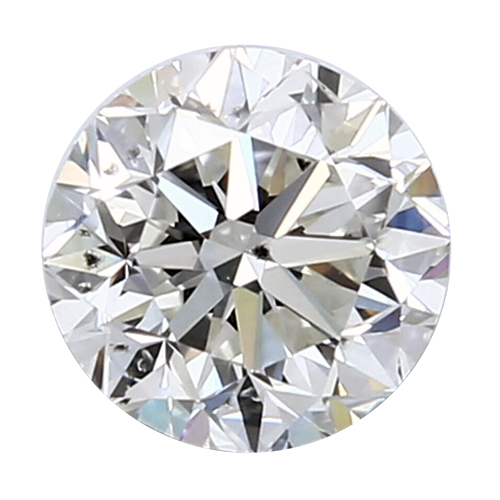
What is fluorescence?
Fluorescence is a form of luminescence. Fluorescent diamonds have the ability to emit light or “glow” under ultraviolet light, just like stains left by Fido. Fluorescence intensity depends on the UV light strength and ambiance lighting. Disco lighting, fluorescent bulbs, and natural sunlight all have a UV component that triggers the glow.
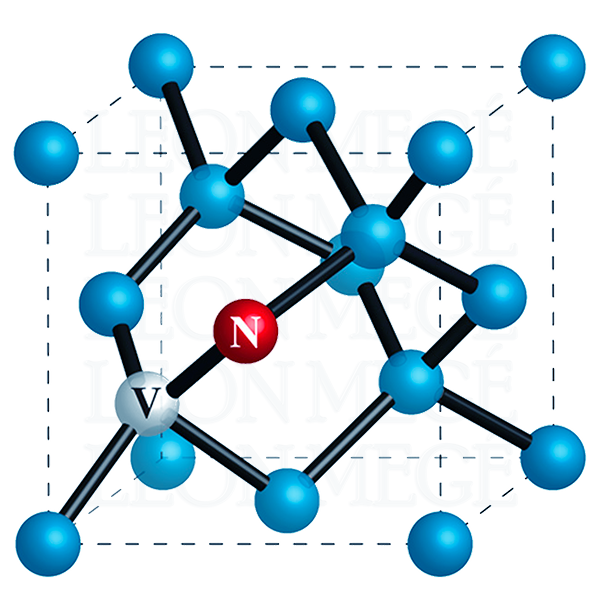
Why do diamonds glow?
Up to 35% of all diamonds glow when subjected to ultraviolet light, in a phenomenon called fluorescence. There is little science to back up claims that fluorescent diamonds are inferior stones. Out of 25-35% of all white diamonds, fewer than 0.2% of fluorescent diamonds appear “hazy or oily,” according to GIA.
Fluorescence is the light emission caused by absorbed electromagnetic radiation of a shorter wavelength. Diamonds absorb ultraviolet (UV) light and emit visible light. The color of the glow depends on the type of impurities present in the diamond. For example, diamonds with nitrogen impurities will glow blue, while diamonds with boron glow yellow.
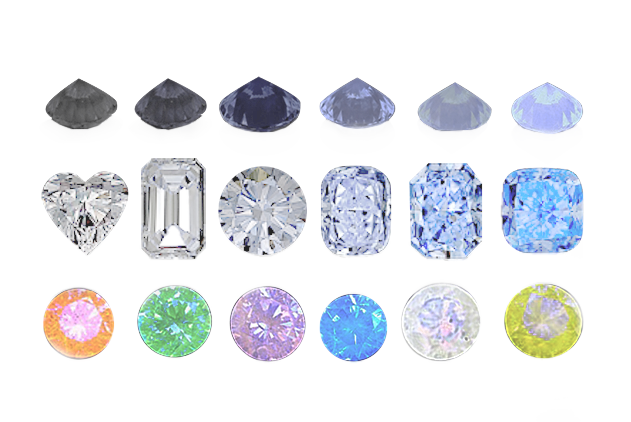
Diamonds can fluoresce in various colors, including blue, yellow, green, orange, and white. Blue is the most common color. Less often, a diamond can have yellow or even white fluorescence.
Reasons to buy a fluorescent diamond
A fluorescent stone is the cashmere sweater with the red dot of the diamond world – the regret lingers long after the joy of getting a bargain is forgotten. Strong blue fluorescence is thought to enhance a diamond’s appearance in the I to K color range, but this is highly debatable. You get a bargain because diamonds with strong fluorescence are sold at a steep discount, even crystal-clear ones. Buy a fluorescent stone when:
- Stretching the budget to be able to afford a larger diamond
- It is the only option available
- You are mesmerized by the glow effect
- The diamond is H-K color
- The diamond is tiny
- The diamond is not certified
- You believe in the magical properties of fluorescent diamonds.
In countries like Vietnam, Malaysia, and Indonesia, near colorless to faint yellow diamonds with fluorescence are more desirable.


